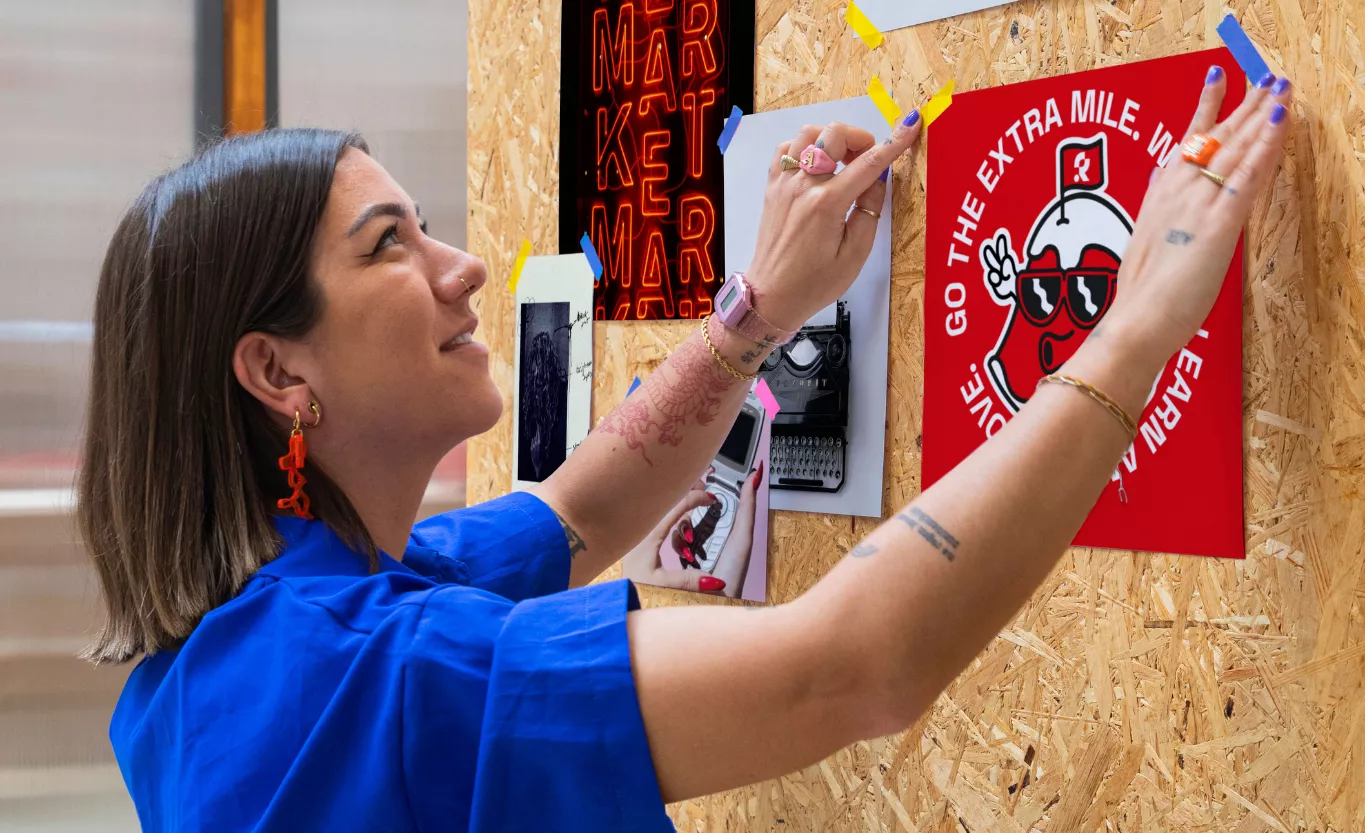Where does the term ‘performance branding’ come from?
In 2020, McKinsey introduced the term “performance branding,” describing the integration of performance marketing and branding, with an emphasis on a full-funnel approach. In today’s marketing world, too many e-commerce managers are overly focused on the bottom of the funnel — performance marketing — where everything revolves around conversions. As a result, the upper funnel, dedicated to brand building, is neglected.
Although McKinsey highlighted it early, the term “performance branding” didn’t immediately gain traction. More recently, LinkedIn brought it back into the spotlight. And when a performance marketing giant like LinkedIn signals that change is happening, it’s time to take notice. Companies that ignore it risk falling behind — especially now that AI has entered the equation and is fundamentally changing how performance branding works.
Focusing on long-term results with AI
Traditional lead generation captures existing demand but does not create new demand. It does not grow market share. By building mental availability and brand preference — and combining it with performance marketing — performance branding reaches both current and future buyers. AI amplifies this by detecting emerging needs before they’re expressed, predicting the most effective moments to build brand salience, and continuously optimizing message delivery. Businesses that limit themselves to Google’s traditional funnel thinking and short-term results miss the opportunity to scale their brand and revenue exponentially.
The AI-Powered Performance Branding Dashboard
In a digital and data-centric world, our approach gives marketers the tools to assess and optimize the effectiveness of their efforts on both branding and performance marketing by bringing it together in one integrated dashboard. With aligned variables.
- (Programmatic) advertising
- Size of the category
- Your share of the category
- Purchase frequencies
- Brand awareness (TOMA)
- Brand engagement (brand equity & NPS)
- Distinctiveness (liquid death)
- Brand consideration and preference
- Conversions and costs
- Customer satisfaction and loyalty
- Online Mentioning and Sentiment on social, among others
With AI, this dashboard doesn’t just tell you what happened — it predicts what’s likely to happen next and guides you toward the highest-impact actions for sustainable growth.










